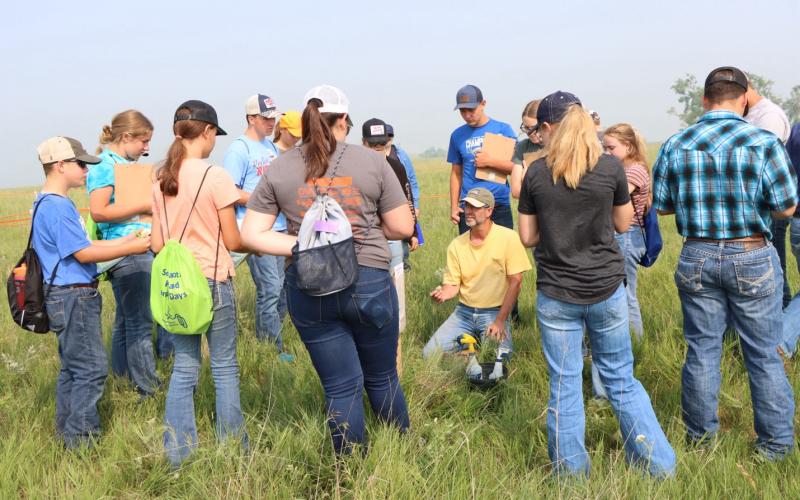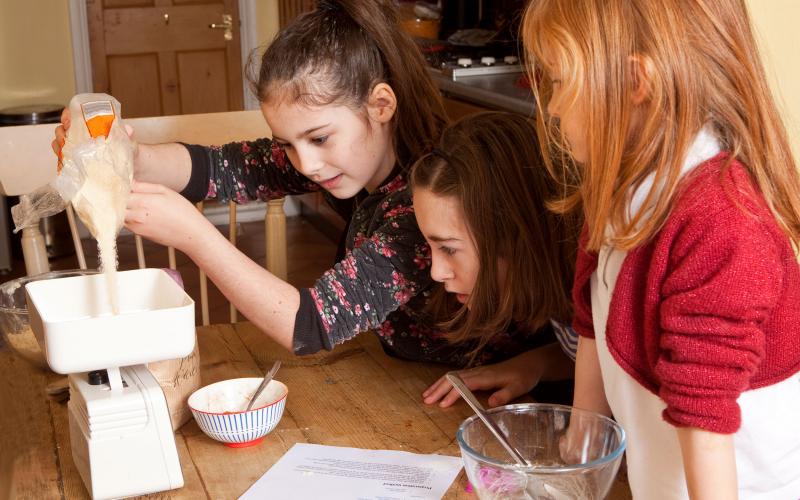Whether working on a science fair project, writing a class report, or just looking for general information on a topic it is a good idea to become familiar with the basic practices of conducting research.
Topic Identification
To get the most out of a research project, it is important that the researcher has an interest in the topic and/or finds it relevant to his/her life. In addition to identifying the topic, a list of key words and phrases related to the topic should also be developed.
Research Plan
A research plan outlines what questions need to be addressed as information related to the topic is gathered. A concept map or a list with the various questions to address can serve as the plan. Consider developing questions around these ‘question words’: what/who, when, where, how, why, which, and does.
For more information on developing a research plan look at Science Buddies’ Science Fair Project Background Research Plan page.
Reference Credibility
A variety of considerations should be taken when choosing sources of information for research. Ideally references should:
- Come from a trustworthy source.
A trustworthy source is one that is unbiased and provides information that can be backed by evidence. Most books and journals can be considered credible; however, be sure to check to ensure the publisher and funders are ones that can be trusted to provide unbiased information. Web sites and information found online can be harder to assess. Be sure to look closely at the web address, the author, and citations that they provide. - Not be ‘too old’.
It is important that the information being gathered is timely. The definition of timely is fluid and based on the field of study at hand. Some fields are changing so fast that information gathered a few months ago becomes dated quickly and may no longer be relevant today; while in another field, information from five years or more is still applicable. If there is a question about a source being dated, look to see if a more recent piece of literature exists. - Cite sources of information.
A credible source of information will provide citations for the ideas and concepts that are being presented. In addition to providing credibility to the information, the presence of citations show the author is a responsible scholar. Scholars have a responsibility to acknowledge the information and ideas that are based upon another scholar’s work.
For more information on assessing the credibility of references take a look at this Step-by-Step Guide & Research Rescue: Evaluating Credibility by BYU Library.
Reference Citation
It is important that as research is conducted that ALL sources are tracked. A bibliography should be developed with the source information. The format of this bibliography is dependent on the project requirements, so be sure to look into what type of format (APA, MLA, or other) is needed.
For information on the various citation formats please review the LibGuides at the SDSU Hilton M. Briggs Library.


